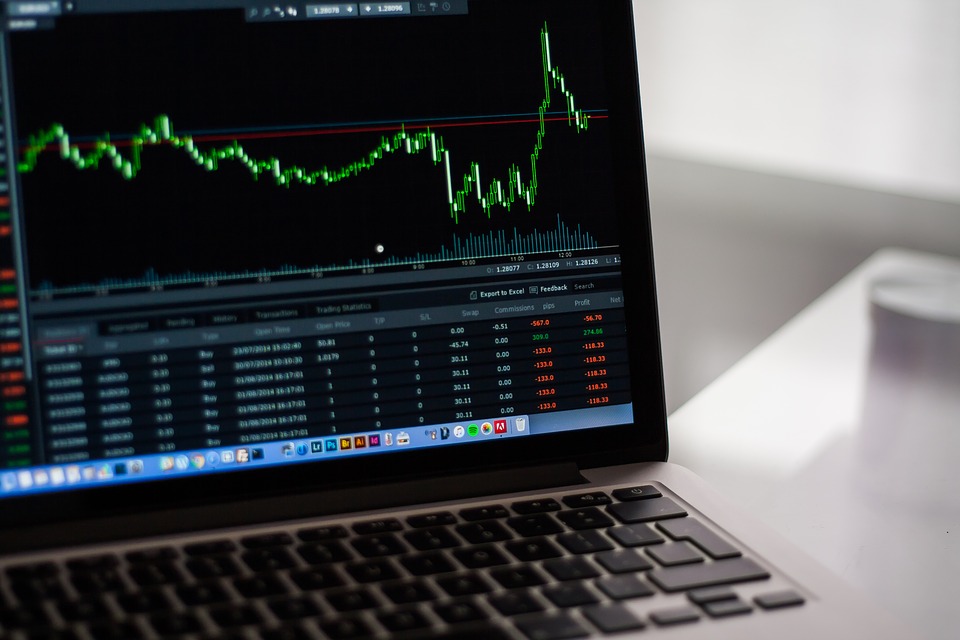Swissquote Bank: Equities bid on surprise NFP, AstraZeneca-Gilead merger talks, OPEC cut, Chinese, Japanese data. Mass protests disquiet. on surprise NFP, AstraZeneca-Gilead merger talks, OPEC cut, Chinese, Japanese data. Mass protests disquiet.
Swissquote Bank: Equities bid on surprise NFP, AstraZeneca-Gilead merger talks, OPEC cut, Chinese, Japanese data. Mass protests disquiet. on surprise NFP, AstraZeneca-Gilead merger talks, OPEC cut, Chinese, Japanese data. Mass protests disquiet.

By Ipek Ozkardeskaya, Senior Analyst at Swissquote Bank
The global risk rally was boosted on Friday by surprise increase in US nonfarm payrolls, talks of a merger between two pharmaceutic giants, AstraZeneca and Gilead fighting against the coronavirus, and the agreement among the OPEC+ countries to extend the historical production cut by a month.
The NFP data revealed on Friday that the US economy added 2.5 million new nonfarm jobs in May, versus 8 million job losses expected by analysts. Though the average hourly earnings turned negative (-1.0%), the surprise jump in US jobs supported the idea that the recovery post-Covid-19 would be faster than earlier thought.
News that the pharmaceutical giant AstraZeneca made a preliminary approach to Gilead, which has been developing Remdesivir - the only US approved treatment against Covid-19, should wet pharma investors’ appetite at the start of this week. Although talks between the two companies are not formal yet, the possibility of the biggest pharmaceutical merger in history will give a boost to the M&A activity which has been severely hit by the coronavirus crisis.
Major US indices ended last week on a strong positive note. The Dow rallied past 3%, as the S&P500 (+2.62%) and Nasdaq (+2.06%) recorded strong gains, reversing the deteriorating sentiment which was about to install into the weekend.
Asian stocks kicked off the week with gains. The Nikkei (+1.01%) advanced, as stocks in Shanghai (+0.28%) and Hong Kong (+0.17%) recorded timid gains on the back of a lower decline in Chinese exports in May (-3.3% versus -7.0% expected) and a slower-than-expected 0.6% contraction in Japanese GDP in the first quarter versus -0.9% preliminary estimate.
But mass protests across the world against George Floyd’s murder and the risk of a renewed rise in Covid-19 cases may dampen the mood at the start of the week.
Activity across European futures hint at a marginally negative open on Monday. The FTSE is preparing to give back a part of its recent gains on firmer pound, however, in the dearth of concrete deterioration in Covid stats, the strong recovery in oil, commodity prices and improved demand in pharmaceuticals amid AstraZeneca-Gilead merger talks should easily attract dip buyers as British blue-chip prices retreat.
WTI crude rallied past $40 a barrel as OPEC and Russia agreed to extend the supply cut by 9.7 million barrels per day, which equals roughly 10% of global daily production, for a month. Signs of improved global demand and rising expectation of a faster-than-earlier-thought economic recovery should continue supporting oil prices. Oil traders will likely be chasing dip-buying opportunities to carry the oil rally toward the 200-day moving average ($46.40 pb).
In the FX markets, the US dollar was slightly better bid at the start of the week, while the US 10-year yield hit 0.90% for the first time since March as capital moved towards riskier assets.
The downside correction in gold is gaining momentum below the $1700 per oz. Strong risk appetite and improved US yields should encourage a deeper downside correction toward $1645, the major Fibonacci 38.2% retracement on March – May rally, which should distinguish between the actual positive trend and a medium term bearish reversal.
The EURUSD retreated below 1.13 in Asia, but the sentiment in euro remains positive. Price retreats may offer interesting dip-buying opportunities for euro-bulls pursuing a further rise toward the 1.15 mark.
The USDCAD consolidates a touch above the 1.34 mark, but solid oil prices provides a stronger case for a move below this level.
Cable tests the 200-day moving average (1.2730) to the upside despite inconclusive Brexit talks last week and the mounting risk of a no-deal Brexit by the end of this year. Sterling could appreciate if external factors continue dragging the US dollar lower. But the unfounded strength in sterling points at a mounting risk of sizeable headwinds as we approach the 1.30 mark. A positive reversal in US dollar appetite could rapidly pull the rug from under the pound.









